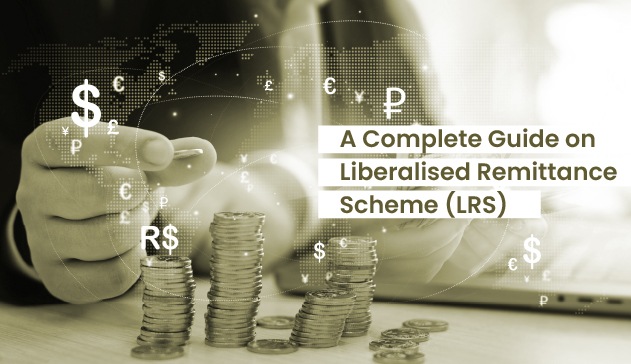26 Aug , 2025 By : Debdeep Gupta

As a conduit for both outward and inward investment, GIFT City has continued to attract fund managers and investors, with RBI's data showing a 19?GR over two years in LRS remittances. At PMS Bazar's GIFT City Conclave, Mihir Shirgaonkar, Vice President, Alternative Investments at Phillip Ventures IFSC, highlighted that resident Indians’ use of the RBI's Liberalised Remittance Scheme (LRS) for investments in equities and debt has consistently crossed USD 1 billion annually for three years: USD 1.2 billion in FY23, USD 1.5 billion in FY24, and USD1.7 billion in FY25.
“This category remains a small slice of total remittances, but investors are warming up to global diversification, either by building dollar-denominated portfolios or by accumulating foreign assets for specific future needs,” Shirgaonkar said.
He added that based on the pace of growth, the figure could approach USD 2.5 billion in medium term.
For non-resident investors, GIFT City’s appeal goes beyond performance.
Niutpol Handique, AVP – International Business Development at Mirae Asset Investment Managers, outlined the tax neutrality of GIFT funds. “There is no taxation at the fund level, no GST on fees or expenses, and investors avoid the need to open a bank account in India. Documentation is simplified to essential KYC requirements,” he said.
He argued that these features make GIFT funds “a compelling alternative” compared with direct market entry, which requires additional compliances, bank relationships, and tax filings.
Rahul Sharma, Jr. AVP – International Business at HDFC Asset Management, said the city has begun attracting funds previously domiciled in Singapore, Mauritius and Hong Kong. “Re-domiciliation is now possible without tax leakage, thanks to reforms introduced in 2020–21 and subsequent IFSCA clarifications. Operational costs are also lower. We expect more offshore India-focused funds to migrate to GIFT,” he said.
Shirgaonkar added that global equity strategies remain tilted towards technology, which constitutes about 27% of the MSCI All-Country World Index. An effective technology exposure as per him could roughly be around 30%, mostly anchored in the US, with selective allocations to Japan, Taiwan and China.
Apart from this, while flagging critical metals such as lithium and uranium as emerging themes, he cautioned that exposure to commodity-linked ETFs requires careful risk and policy monitoring.
“This year has shown that returns can also come from outside the US. The case for true global diversification has played out in 2025,” he said.
Besides, shifting focus briefly on the inbound side, Shirgaonkar pointed to India’s rising share in global benchmarks that the country’s weight in the MSCI Emerging Market Index has risen from about 7% in 2007-08 to nearly 20% today.
“By design, one-fifth of any flow into emerging market funds now comes to India,” he said. Thus, significant of global investors recognising India not just as the fastest-growing major economy but also as one of the best-performing emerging markets in dollar terms, helped by a relatively stable rupee. “Foreign investors, especially NRIs, tend to be longer-term in their India allocations than domestic investors. That money is here to stay,” he said.
While panelists stressed the need for calibrated reforms like extending LRS limits for overseas investments, they also cautioned that regulation alone cannot dictate market outcomes. The three levers that ultimately shape equity flows — liquidity, valuations, and the interest rate cycle — remain decisive. Phases of high rates in India and the US last year had tightened liquidity and slowed earnings, creating a market pause. But the subsequent easing in global rate expectations, alongside earnings resilience, has revived flows in 2025.
0 Comment